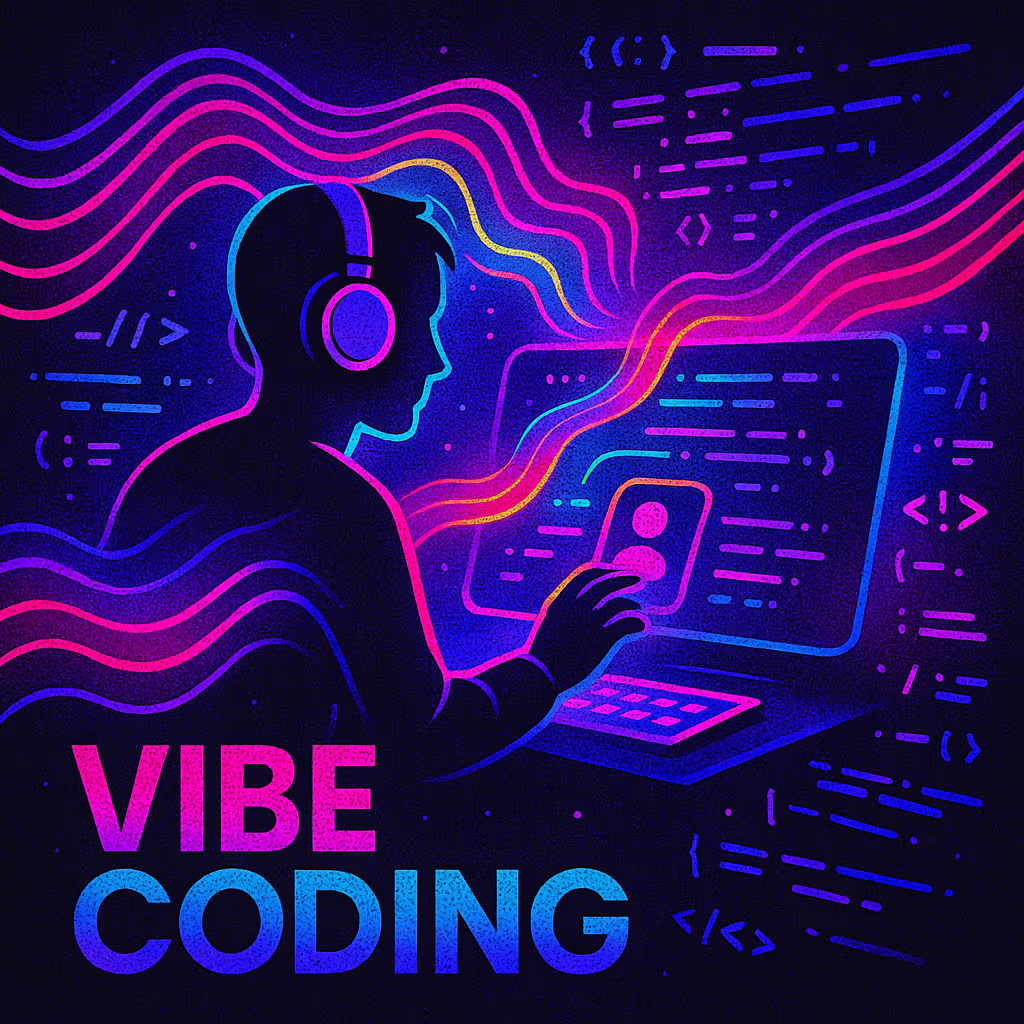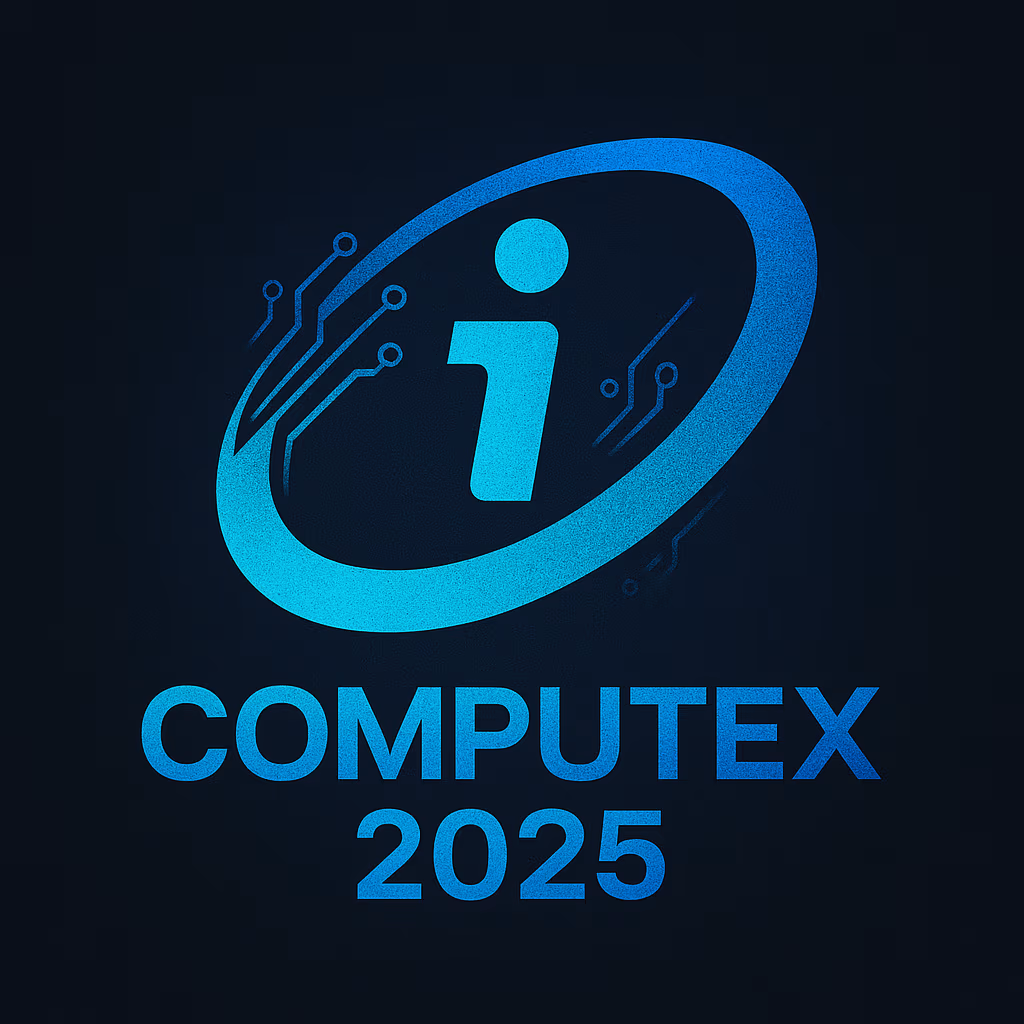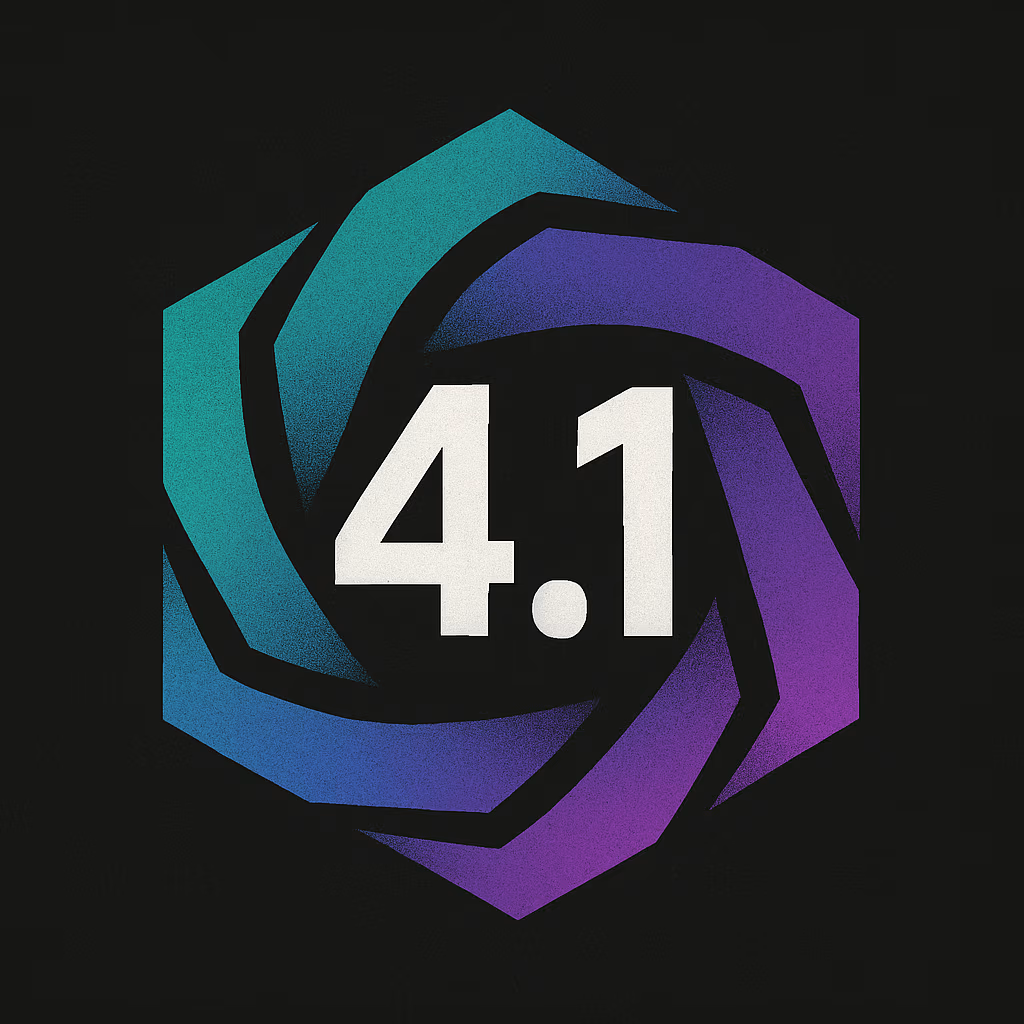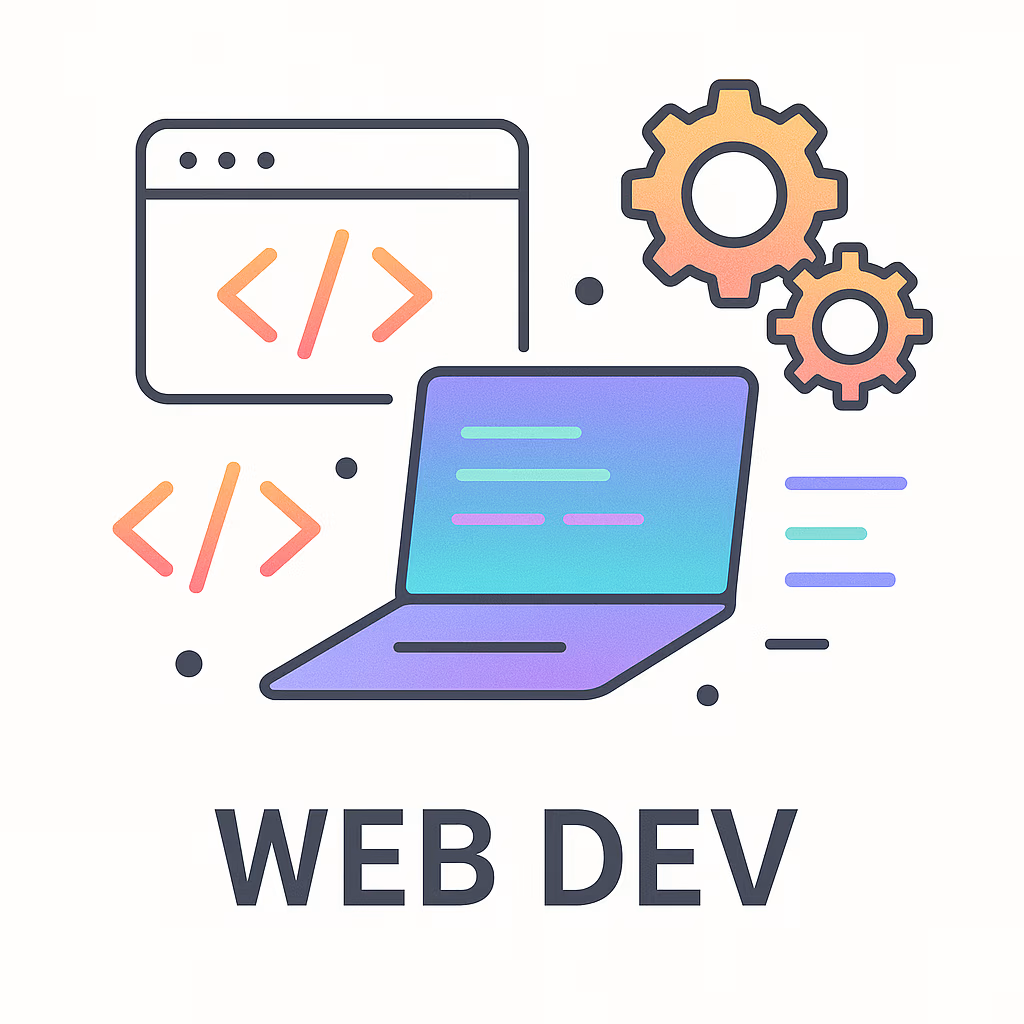
Vibe Coding: How AI is Translating Your Ideas into Apps
Imagine sketching out your dream app idea, not in complex code, but in simple, everyday language. What if you could say, “I need a vibrant online forum for local artists to share events and sell their work,” and an intelligent system immediately starts to construct the digital framework? This is the exciting reality of Vibe Coding, a revolutionary approach to software development powered by Artificial Intelligence (AI).
Vibe Coding is more than just a buzzword; it’s a paradigm shift. It leverages sophisticated AI models to understand human language and intent, translating those “vibes” or concepts into functional software. This innovative method empowers both seasoned developers and aspiring creators, making app development faster, more intuitive, and accessible to a vastly broader audience.
The Evolution of Software Creation: Old School vs. Vibe Coding
Historically, bringing a software application (like a website or mobile app) to life was a meticulous and often arduous process:
- Extensive, granular planning: Requiring every detail to be mapped out upfront.
- Deep expertise in programming languages: Demanding fluency in complex syntax and logic.
- Countless hours of manual coding: Involving painstaking typing, debugging, and iteration.
Vibe Coding introduces a transformative alternative:
| Feature | Traditional Coding (The Old Way) | Vibe Coding (The New Wave) |
| Initiation | Requires highly detailed, technical blueprints | Describe your core idea in natural language |
| Development Speed | Slower; manual typing, debugging, and iteration | Significantly faster; AI assists in building & refining |
| Required Skillset | Deep programming expertise is essential | More accessible; prior coding knowledge is not a barrier to start |
| Primary Focus | Intricate syntax, algorithmic details | The overall concept and user experience |
| Accessibility | Primarily for expert software developers | Open to coders, entrepreneurs, designers, students – virtually anyone with an idea! |
| Iteration & Changes | Often complex and time-consuming to modify | Easier to request AI-driven modifications and explore new directions |
Think of it this way: traditional coding is like hand-drafting every intricate detail of an architectural blueprint. Vibe Coding is akin to describing your vision to a brilliant AI architect who not only sketches the plans but also helps manage the construction crew.
Getting Started: Your Toolkit for Vibe Coding
Ready to explore Vibe Coding? Here are the primary avenues individuals and teams are using:
- AI-Powered App Development Platforms:
Emerging platforms, such as Manus AI, allow you to conversationally “chat” your app into existence. You might describe your need: “I want a mobile app for my community garden that shows available plots, tracks planting schedules, and allows members to share surplus produce.” These platforms utilize advanced AI models (like those underpinning technologies such as Claude 3.5 Sonnet or GPT-4) to interpret your requirements. They can generate both the user-facing elements (front-end) and the critical “behind-the-scenes” infrastructure (back-end), often streamlining the deployment process. This is a fantastic option for non-technical founders and businesses aiming for rapid development.
- AI Assistants for Developers:
For those already proficient in coding, AI tools like ChatGPT, Google’s Gemini Code Assist, and GitHub Copilot function as incredibly intelligent pair programmers. Developers can delegate specific tasks, such as, “Generate a Python function to sort a list of dictionaries by a specific key,” or “Create a responsive navigation bar in HTML and CSS.” The AI provides code snippets that the developer can then review, integrate, and refine. This significantly accelerates workflows, aids in learning new libraries or languages, and helps overcome creative blocks.
The Upside: Why Vibe Coding is a Game-Changer
Adopting Vibe Coding offers a multitude of compelling advantages:
- Rapid Prototyping and MVP Development: Transform an idea into a basic, functional version (Minimum Viable Product) in a fraction of the traditional time – often hours or days instead of weeks or months. This allows for quick validation of concepts with real users.
- Democratizing Innovation: Individuals with brilliant ideas but without formal coding skills can now bring their visions to life. Imagine small business owners creating bespoke booking systems or educators designing interactive learning modules.
- Boosting Developer Productivity & Focus: AI can automate routine, boilerplate, or repetitive coding tasks. This liberates experienced developers to concentrate on complex problem-solving, innovative features, and high-level architectural design.
- Accelerated Learning and Skill Development: Developers can use AI-generated code as a learning tool, understanding new patterns, syntax, or library implementations by examining the output.
- Intelligent, Context-Aware Assistance: Modern AI tools are increasingly capable of understanding the broader context of a project, offering more relevant and useful suggestions.
Navigating the Challenges: Potential Pitfalls of Vibe Coding
While the promise of Vibe Coding is immense, it’s crucial to approach it with an awareness of potential downsides, particularly concerning security, quality, and ethics:
- Security Vulnerabilities: AI-generated code, if not carefully vetted, can inadvertently introduce security flaws or “digital backdoors.” For instance, an AI might generate code for a user authentication system that appears functional but contains subtle vulnerabilities exploitable by malicious actors. This is like building a house quickly but using substandard locks.
- Code Quality and Maintainability: AI might produce code that works but is convoluted, inefficient, or poorly documented. This “messy code” can become a nightmare for human developers to understand, debug, or update later, hindering long-term project scalability.
- Intellectual Property and Copyright Concerns: AI models are trained on vast datasets of existing code, some of which may be copyrighted. There’s a non-zero risk that AI-generated code could inadvertently replicate proprietary snippets, leading to legal complications.
- The Imperfection of AI: Hallucinations and Errors: AI models, despite their sophistication, are not infallible. They can misunderstand prompts, generate incorrect or nonsensical code (“hallucinations”), or introduce subtle bugs.
- Algorithmic Bias: AI systems can inherit biases present in their training data. If an AI is trained predominantly on code or data that reflects societal biases, the applications it helps create could perpetuate or even amplify these biases in areas like loan applications, hiring tools, or content recommendation.
- The “Black Box” Problem: Sometimes, the logic behind AI-generated code can be opaque, making it difficult to understand why the AI made certain decisions. This lack of explainability can be a significant hurdle for debugging and ensuring reliability.
- Risk of Over-Reliance and Skill Atrophy: Over-dependence on AI for coding tasks could potentially lead to a decline in fundamental coding skills and problem-solving abilities among developers if not balanced with continued learning and manual practice.
Best Practices: Harnessing Vibe Coding Safely and Effectively
To maximize the benefits of Vibe Coding while mitigating its risks, consider these essential practices:
- The Golden Rule: Human Oversight and Verification is Non-Negotiable: This is paramount. A knowledgeable human, preferably an experienced developer, must always review, test, and validate AI-generated code. This ensures security, functionality, quality, and adherence to project requirements. Humans provide critical thinking and contextual understanding that AI currently lacks.
- Choose Reputable and Secure Tools: Opt for AI coding assistants and platforms from established, trusted companies with strong security practices and clear data usage policies.
- Rigorous Security Testing: Implement comprehensive security testing methodologies, including static analysis (SAST), dynamic analysis (DAST), and penetration testing, for any application incorporating AI-generated code, especially those handling sensitive data.
- Comprehensive Error Handling and Input Validation: Ensure that AI-generated code includes robust mechanisms to handle unexpected inputs or edge cases gracefully, preventing crashes or security exploits.
- Establish Clear Governance and Team Guidelines: If working in a team, define clear protocols for when and how AI-generated code can be used, reviewed, and integrated into the codebase.
- Prompt Engineering for Security and Quality: When instructing the AI, explicitly ask for secure, well-documented, and efficient code. For example: “Generate a secure login function using bcrypt for password hashing and include input validation.”
- Continuous Learning and Adaptation: The field of AI is evolving rapidly. Stay informed about the latest advancements, best practices, and potential vulnerabilities associated with AI-assisted development.
Vibe Coding in Action: Real-World Applications
Vibe Coding is already proving invaluable across various scenarios:
- Building Minimum Viable Products (MVPs): Entrepreneurs can rapidly create and test initial product versions to gather user feedback and validate market demand before investing heavily. (e.g., a basic e-commerce site for a niche product).
- Developing Custom Internal Business Tools: Companies can quickly build tailored solutions for internal processes, such as inventory trackers, customer data organizers, or automated reporting dashboards.
- Automating Tedious Coding Chores: Developers can offload repetitive tasks like writing unit tests, generating data models, or converting data formats.
- Enhancing Educational Experiences in Coding: Students can use AI tools to understand complex concepts by seeing code generated from natural language descriptions or to get assistance with beginner projects.
- Rapid Data Analysis and Reporting: Researchers and analysts can ask AI to write scripts for data cleaning, statistical analysis, and generating visualizations from datasets.
The Horizon: What’s Next for Vibe Coding?
The journey of Vibe Coding is just beginning. As AI technology continues its exponential growth, we can anticipate:
- Increased AI Sophistication and Capability: AI will likely handle even more complex aspects of the software development lifecycle, potentially assisting with high-level architectural design, project planning, and automated refactoring.
- Enhanced Built-in Security Features: Future AI coding tools are expected to incorporate more robust, proactive security checks and generate inherently more secure code from the outset.
- Seamless Integration and User Experience: These tools will become even more intuitive and deeply integrated with existing Integrated Development Environments (IDEs) and development workflows.
- The Rise of AI as a Collaborative Teammate: We may see AI evolve into sophisticated “digital team members” that can understand project goals, collaborate with human developers, and proactively suggest improvements.
- Greater Focus on Ethical Considerations and Responsible AI: Ongoing dialogue and development will center on ensuring AI in coding is used ethically, fairly, and transparently, addressing issues like bias, job displacement, and accountability.
The Human Touch in an AI-Powered Future
It’s crucial to understand that Vibe Coding is not about replacing human developers. Instead, it’s about augmenting their abilities, providing them with powerful new tools to innovate faster and more effectively. Human creativity, critical thinking, ethical judgment, and the ability to understand nuanced user needs remain irreplaceable. AI handles the “how” for many tasks, freeing humans to focus on the “what” and “why.”
Conclusion: Embrace the Vibe, Build the Future
Vibe Coding represents a monumental leap towards making software creation more accessible, efficient, and intuitive. By bridging the gap between human ideas and digital reality, it’s poised to unlock a new wave of innovation across all sectors.
Want to dip your toes into Vibe Coding? Start with a small, engaging project. Experiment, learn, and always prioritize human oversight, especially regarding security and quality. The future of app development is collaborative, and with AI as a partner, you might just astound yourself with what you can create!
Quick Recap: Key Takeaways for Vibe Coding
- Idea-Driven App Building: Vibe Coding employs AI to help you create applications by simply describing your concept in natural language.
- Tools for All Skill Levels: Platforms like Manus AI aim to build entire apps from descriptions, while tools like ChatGPT or Google’s Gemini Code Assist empower coders to work more efficiently.
- Prioritize Security & Quality: Crucially, always have a human expert meticulously review AI-generated code, especially for security vulnerabilities and overall quality.
- Prompt Intelligently: When interacting with AI, clearly specify your requirements, including the need for secure, robust, and well-documented code.
- Humans + AI = Enhanced Innovation: Vibe Coding is a powerful synergy, enabling humans to be more creative and productive, while retaining essential oversight and control.






